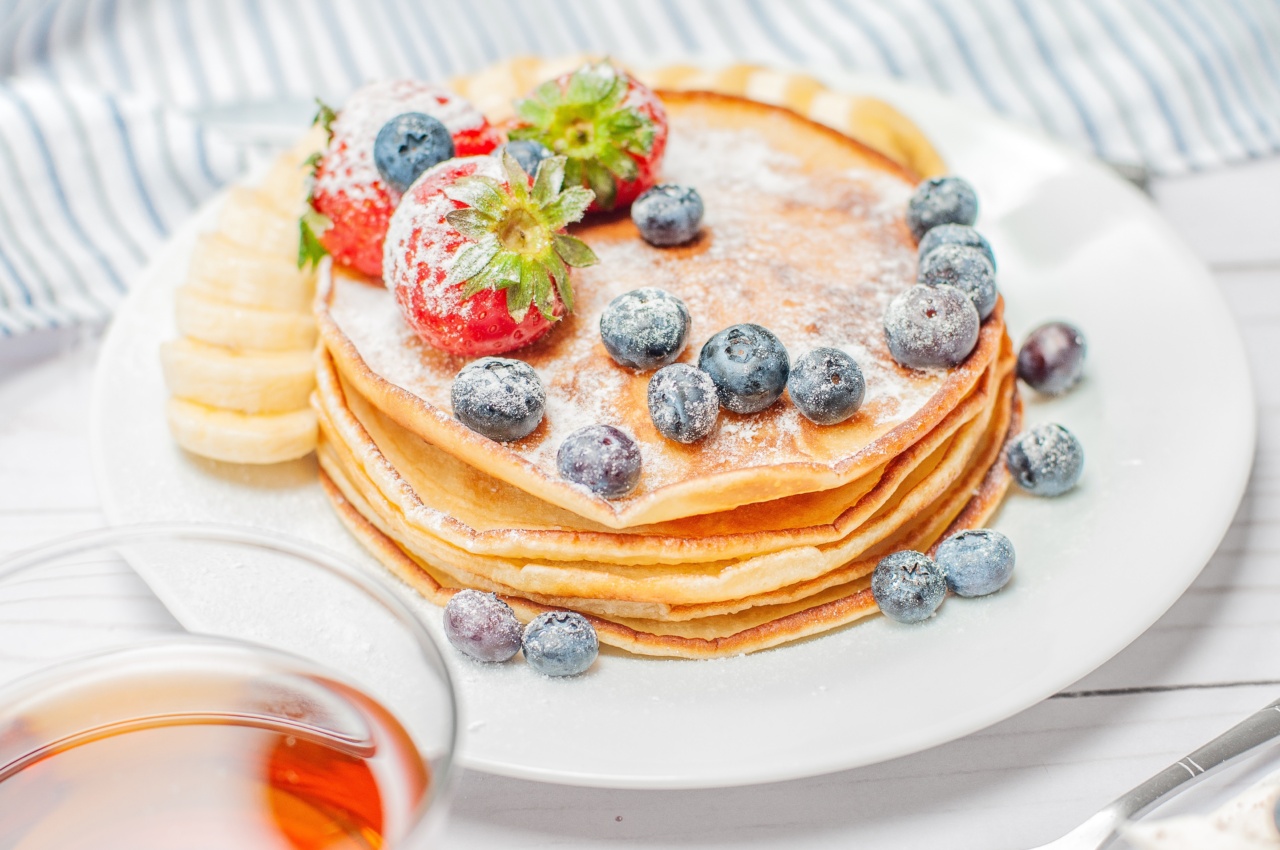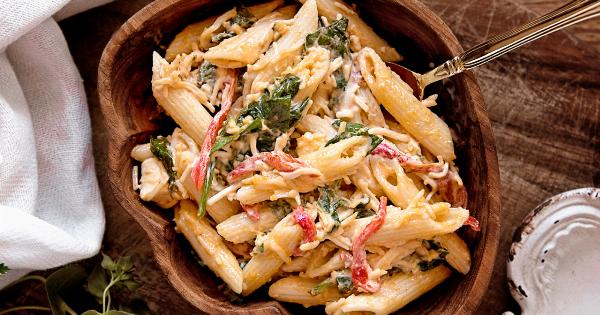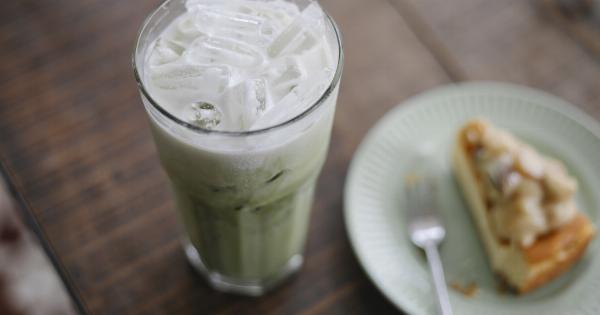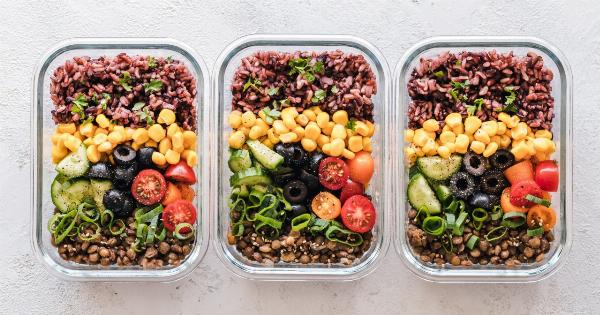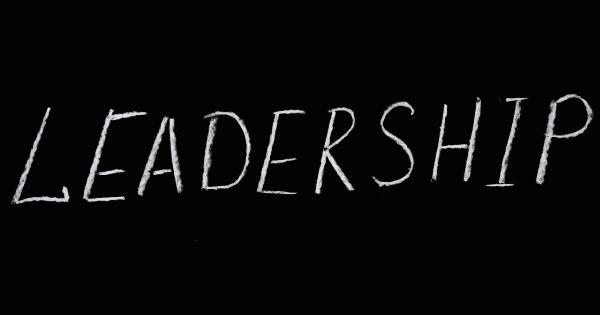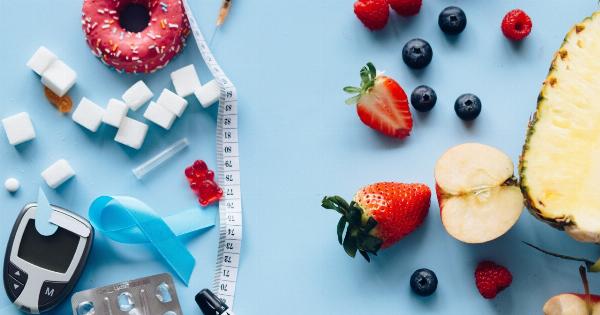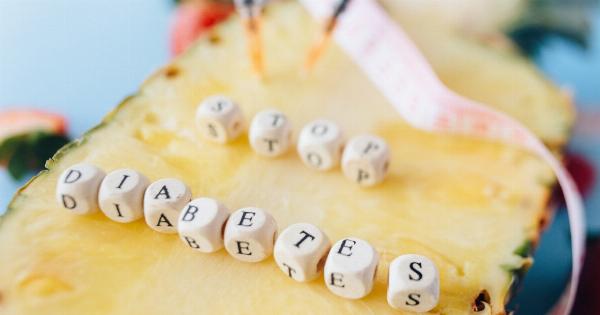When it comes to sweeteners, sugar and honey are two popular choices. While both are used to add sweetness to a variety of dishes, they have distinct characteristics that set them apart.
One common question that often arises is which of the two is thicker. In this article, we will explore the differences between sugar and honey to determine which one has a thicker consistency.
The composition of sugar and honey
Sugar is a granulated sweetener that is extracted from sugarcane or sugar beets. It primarily consists of sucrose, a disaccharide made up of glucose and fructose molecules.
The production process involves extracting the juice from the plants, purifying it, and then evaporating the water to obtain sugar crystals.
Honey, on the other hand, is a natural sweet substance produced by honeybees from flower nectar. It is a thick and sticky liquid that is composed mainly of fructose, glucose, and water.
The bees collect the nectar, digest it, and regurgitate it into honeycombs, where it undergoes dehydration to form honey.
The density of sugar versus honey
When discussing thickness, density plays a significant role. Density refers to the mass per unit volume of a substance. In the case of sugar and honey, the density is influenced by their composition and the presence of impurities.
Sugar has a higher density compared to honey. The exact density can vary depending on the type of sugar and its granulation. On average, granulated sugar has a density of around 0.85 grams per cubic centimeter (g/cm³).
Honey, on the other hand, has a lower density due to its water content. The density of honey typically ranges from 1.36 to 1.44 g/cm³. This means that honey is denser than sugar and therefore generally thicker.
Viscosity: Sugar syrup versus honey
Viscosity refers to the resistance of a fluid to flow. A thicker substance typically has higher viscosity. In the case of sugar and honey, their viscosities can vary depending on their temperature and water content.
Sugar syrup, made by dissolving sugar in water, has a relatively low viscosity. The sugar molecules dissolve in water and create a solution with a thinner consistency compared to honey.
Honey, with its natural composition and lower water content, has a higher viscosity. It flows more slowly due to the presence of sugars and other compounds in its composition. This is why honey tends to be stickier and thicker compared to sugar syrup.
The impact of temperature
The temperature of sugar and honey can affect their thickness. Heating or cooling these substances can alter their viscosity and consistency.
Sugar, when heated, can melt and become a thick syrup. The heat causes the sugar crystals to dissolve in the water, resulting in a syrupy consistency.
However, as the syrup cools down, it may solidify again, depending on its water content and other factors.
Honey, when heated, can also become less viscous. Heating honey causes the sugars to break down, reducing its thickness. However, it is important to note that excessive heat can also alter the flavor and nutritional properties of honey.
Other factors affecting thickness
While density and viscosity play primary roles in determining the thickness of sugar and honey, there are other factors to consider:.
Purity:
The purity of the sweetener can affect its overall thickness. Pure sugar or honey will have a more consistent texture and density compared to those with added substances or impurities.
Crystallization:
Both sugar and honey can crystallize under certain conditions. When sugar crystalizes, it forms large chunks or finer granules depending on the type of sugar. Crystallized honey can also change in texture, becoming thicker and grainier.
Processing:
The processing methods used to refine sugar or extract honey can impact their thickness. Different processing techniques can result in variations in texture and density.
Sugar vs honey: Which one is better?
Choosing between sugar and honey ultimately depends on personal preference and dietary considerations. Here are some factors to consider:.
Sweetness:
Sugar and honey have their distinct flavors. Sugar is neutral in taste and adds sweetness without overpowering other flavors. Honey, on the other hand, has a more distinct and floral taste that can enhance the flavor profile of dishes.
Glycemic index:
The glycemic index (GI) measures how quickly a food can raise blood sugar levels. Sugar has a higher GI compared to honey.
Honey, while still a source of natural sugars, has a lower GI due to its fructose content, which affects blood sugar levels less intensely.
Nutritional content:
Honey contains trace amounts of vitamins, minerals, and antioxidants, while sugar is devoid of any significant beneficial nutrients.
However, it’s important to note that the nutritional benefits of honey are generally present in small quantities and may not significantly contribute to overall health.
Conclusion
While both sugar and honey can add sweetness to dishes, honey generally has a thicker consistency compared to sugar. Its density and higher viscosity make honey a stickier and more substantial sweetener.
However, the decision between the two ultimately depends on personal preference, taste, and dietary considerations. Both sugar and honey can be enjoyed in moderation as part of a balanced diet.
